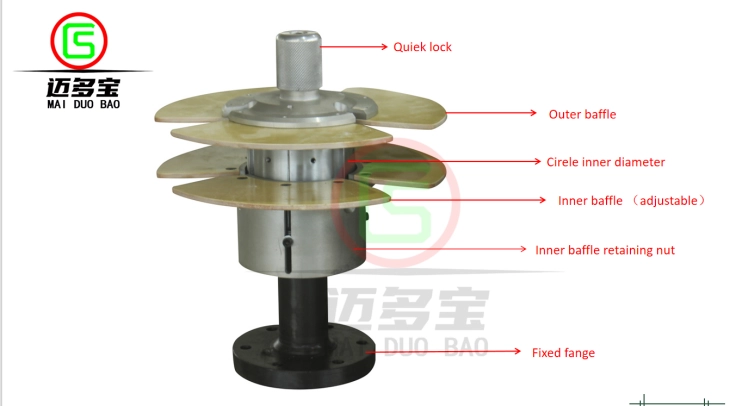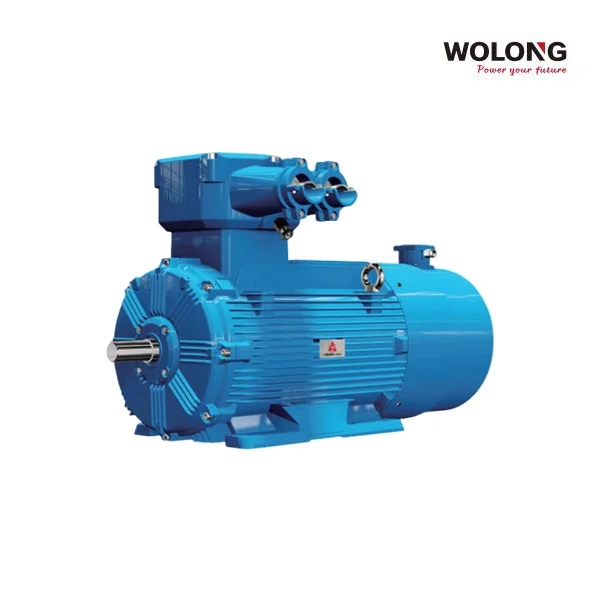In today's rapidly evolving industrial landscape, optimizing processes and maximizing efficiency are paramount. One such technique that has gained significant attention is CO2 boost control. This advanced method harnesses the power of carbon dioxide to enhance various industrial processes, revolutionizing industries across the board. In this comprehensive guide, we will delve into the inner workings of CO2 boost control, exploring its mechanisms, applications, and benefits.
- Understanding CO2 Boost Control:
CO2 boost control is a cutting-edge technique that involves the controlled injection of carbon dioxide into industrial processes to enhance performance. By precisely regulating the CO2 levels, this method optimizes conditions, leading to improved productivity, reduced energy consumption, and minimized environmental impact. - The Mechanisms Behind CO2 Boost Control:
CO2 boost control operates on the principle of leveraging the unique properties of carbon dioxide. When injected into a process, CO2 acts as a catalyst, facilitating chemical reactions, enhancing heat transfer, and improving mass transfer efficiency. Additionally, CO2 can alter the pH levels, solubility, and viscosity of substances, further enhancing process performance. - Applications of CO2 Boost Control:
3.1. Enhanced Oil Recovery (EOR): CO2 boost control finds extensive application in the oil and gas industry. By injecting CO2 into oil reservoirs, it reduces the oil's viscosity, allowing for easier extraction. Moreover, CO2 acts as a displacing agent, pushing the oil towards production wells, resulting in increased recovery rates.
3.2. Greenhouse Cultivation: CO2 boost control is widely employed in greenhouse cultivation to optimize plant growth. By maintaining elevated CO2 levels, photosynthesis rates increase, leading to improved crop yields and shortened growth cycles. This technique is particularly beneficial in regions with limited sunlight or colder climates.
3.3. Food and Beverage Industry: CO2 boost control plays a crucial role in carbonation processes, such as soda production and beer brewing. By precisely controlling CO2 levels, manufacturers can achieve desired carbonation levels, ensuring consistent taste and quality.
3.4. Chemical and Pharmaceutical Manufacturing: CO2 boost control is utilized in various chemical and pharmaceutical processes. It aids in the synthesis of chemicals, extraction of natural compounds, and purification of pharmaceutical products. The controlled addition of CO2 enhances reaction rates, selectivity, and product purity.
- Benefits of CO2 Boost Control:
4.1. Energy Efficiency: By optimizing industrial processes, CO2 boost control reduces energy consumption, resulting in significant cost savings and environmental benefits.
4.2. Increased Productivity: CO2 boost control enhances reaction rates, mass transfer, and heat transfer, leading to improved process efficiency and increased productivity.
4.3. Environmental Sustainability: CO2 boost control promotes sustainable practices by reducing greenhouse gas emissions, minimizing waste generation, and enabling the utilization of renewable resources.
4.4. Economic Advantages: The implementation of CO2 boost control can lead to increased profitability, as it enables companies to produce more with fewer resources, enhances product quality, and opens up new market opportunities.
Conclusion:
CO2 boost control is a game-changing technique that holds immense potential across various industries. By understanding its mechanisms, applications, and benefits, industries can unlock new levels of efficiency, productivity, and sustainability. Embracing this innovative approach will undoubtedly pave the way for a greener, more prosperous future.







